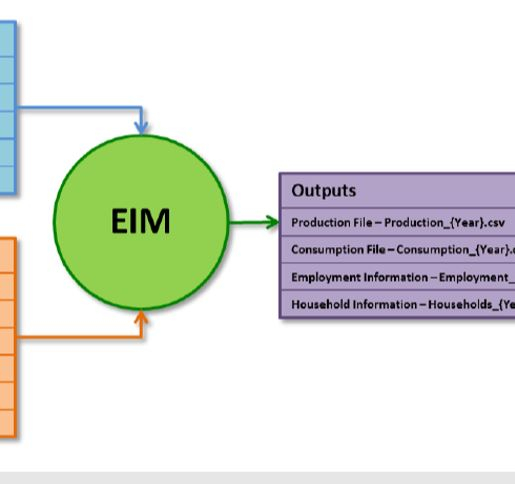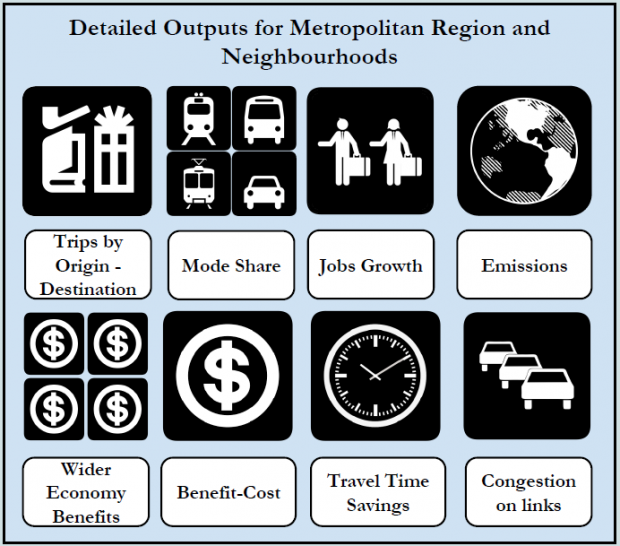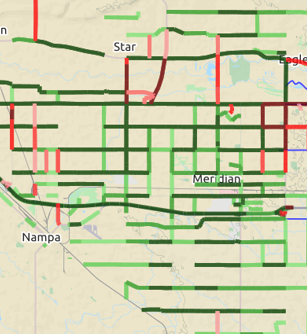

Software: Colorado Transportation Investment Toolkit
The Colorado Investment Toolkit software system was developed by EDR Group (now EBP) for the Colorado Department of Transportation (CDOT). It was developed as part of a team effort with High Street Consulting, and was aimed at enabling department staff to combine transportation analysis, economic impact and benefit-cost methods to better evaluate project level investment choices. The agency sought to better understand how placing emphasis on different performance goals such as safety, environment or mobility could change the rating of projects in a multi-criteria analysis system.
The Tookit is a MS Excel based tool that utilizes VB Script add-ons to automate many of its functions. CDOT staff transfer economic impact results from TREDIS directly into the Toolkit, enabling economic impact factors to be included in the systems multi-criteria indices. The toolkit also shows the long-term economic consequences of setting different project priorities.
Inputs to the Toolkit are records for individual projects, giving both a base case and build case condition. They consist of traditional economic impact inputs (such as capital and O&M costs, crash rates, VMT and VHT) as well as other factors, such as pavement and bridge condition, likely bridge closure detours, as well as bicycle and pedestrian counts.
The Toolkit calculates and consolidates ratings and values for a variety of user-benefit measures, including safety, environmental, travel time, operating cost and logistics benefits. It also includes other types of benefits that are often overlooked, including user and agency savings from improved pavement condition. It also allows the user to specify subjective values and scales for other qualitative factors considered in multi-criteria rankings, such as livability, habitat preservation and, visual aesthetics.
The toolkit as designed to be used for all ground transportation modes (freight and passenger). CDOT does not use for prioritization of their STIP. Rather, CDOT uses the Toolkit to suggest which projects would be most appropriate for new funding streams, especially when the funding is associated with particular performance objectives. Unlike most prioritization systems, it does not simply offer a rank order of projects -- the toolkit actually shows how the order of projects would change if the department were to emphasize one performance area of another.








